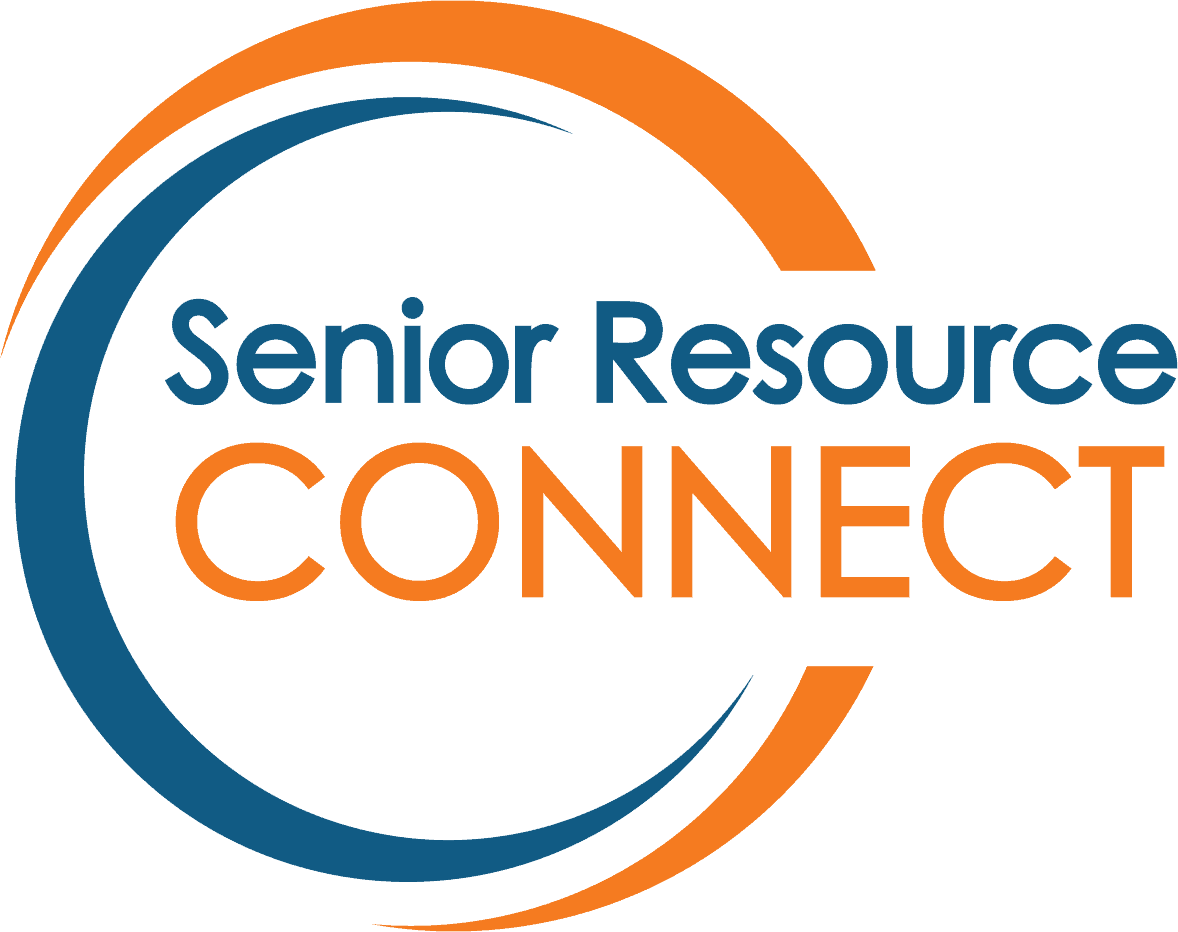April is Financial Literacy Month. How does the way we handle money change as we age?
According to the National Council on Aging (NCOA), more than 25 million older adults age 60 and over are living below the poverty line. This can affect all areas of life, including housing, health, affording services, and having access to nutritious food. Often this issue is worse for women, because women are more likely to earn less than their male counterparts or take time off work for pregnancy or caregiving.
Overall a person’s financial health increases as they age, peaks in the middle to late 70s, then begins to fall. Although this is an overall trend, in reality about ¼ of older people experience financial insecurity in their older years. It can be difficult for an older adult to keep up with their finances it’s a purely cognitive task.
What can be done?
- Simplify- keep all financial information in one place, including recurring payments
- Have a retirement plan
- Talk to your parents early on about their financial health and whether they want help
- Consider signing up for online banking and sharing the password with a trusted family member
- Stay ahead of scams that often target older adults and lead to significant monetary losses
Visit the Ahead of the Curve Resource Directory or take the Online Resource Quiz to be matched with services based on your needs.






